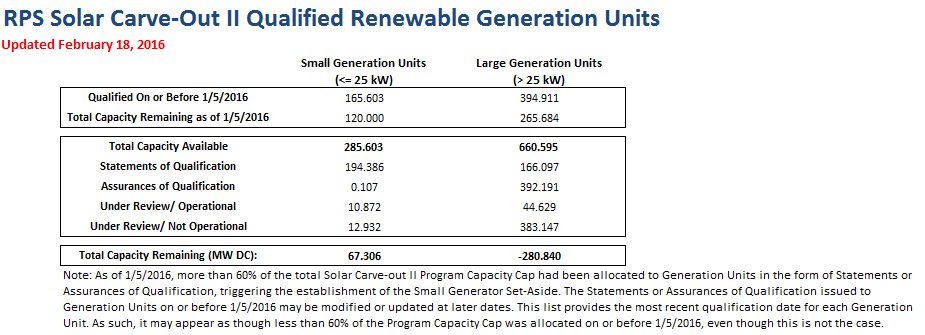In June 2014, Ohio Governor John Kasich signed a bill that froze Ohio’s Renewable Portfolio Standard (RPS) for two years. With the freeze lifting after 2016, Gov. Kasich called upon Ohio’s Energy Mandates Study Committee in 2015 to provide guidance on how to proceed with the state’s RPS. The 12-member legislative committee released its report in September 2015, recommending that the RPS be frozen indefinitely. Now, despite having signed the bill freezing the RPS in 2014, Gov. Kasich has taken the stance that gutting the state’s renewable mandates would be “unacceptable“, positioning himself for a fight with his General Assembly on the state’s clean energy goals.
Enacted in 2008, the Ohio Renewable Portfolio Standard establishes annual benchmarks for renewable energy procurement. The RPS sets the percent of electricity that must be generated from renewable energy resources by 2027. Within the overall RPS, a percentage must be fulfilled with solar resources. This solar carve-out establishes how many SRECs must be purchased by electricity suppliers. The overall RPS and solar carve-out were originally structured to increase annually between 2009 and 2024, but were frozen at 2014 levels through 2016. The RPS is currently frozen at 2.5%, with the solar carve-out at 0.12%. In the 2014 bill, the RPS schedule was revised to resume with a two year delay after the freeze, but it is possible that Gov. Kasich and Ohio’s General Assembly will now move the RPS in another direction.
SB310, the bill enacting the freeze, also removed the in-state RPS requirement and adjusted the Solar Alternative Compliance Payment (SACP) schedule. The freeze and concurrent changes made to the RPS resulted in devaluing OH-eligible SRECs, harming those who invested in solar in reliance on the state’s commitment to clean energy. Since the bill passed in mid-2014, the value of OH SRECs has dropped from $45 to as low as $15.
While Gov. Kasich claims that the original Renewable Energy Portfolio Standard is “unpalatable“, he has vowed that he would return the program back to its original state if the General Assembly refuses to unfreeze the program. But Ohio’s mixed record on renewable energy and the recent developments on the Clean Power Plan make the future of the RPS uncertain. For now, Ohio joins many other states in the tug-of-war battle over renewable energy policies, making 2016 an important year in shaping the states’–and country’s–clean energy future.


